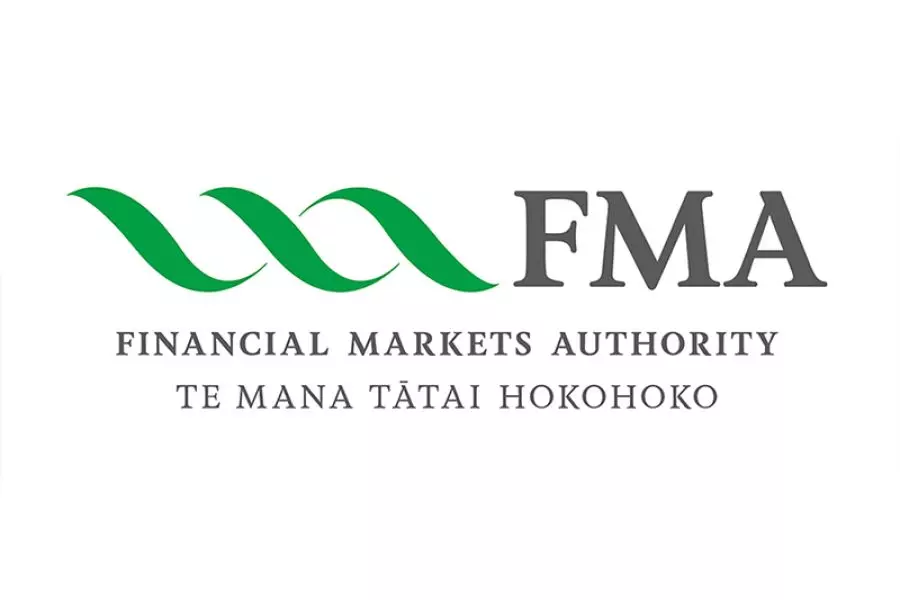
News
Caveat on house building: Supplies and labour shortage

Tuesday 1st of June 2021
While the country’s borders are closed and immigration is virtually non-existent, the country has a chance to catch-up on the housing shortage.
The ANZ Bank’s Property Focus report says the construction industry is running into acute labour and materials shortages, which are boosting costs spectacularly and delaying the rollout of new housing.
The report says it is w...
Want to read the full article?
Click the button below to subscribe and will have unlimited access to full article and all other articles on the site.








![[The Wrap] Bye Bye Bayly](https://goodreturns.publit.io/file/c_fill,w_900,h_600/39f23ac1-f7c7-4854-b700-a150004ebbac.webp)